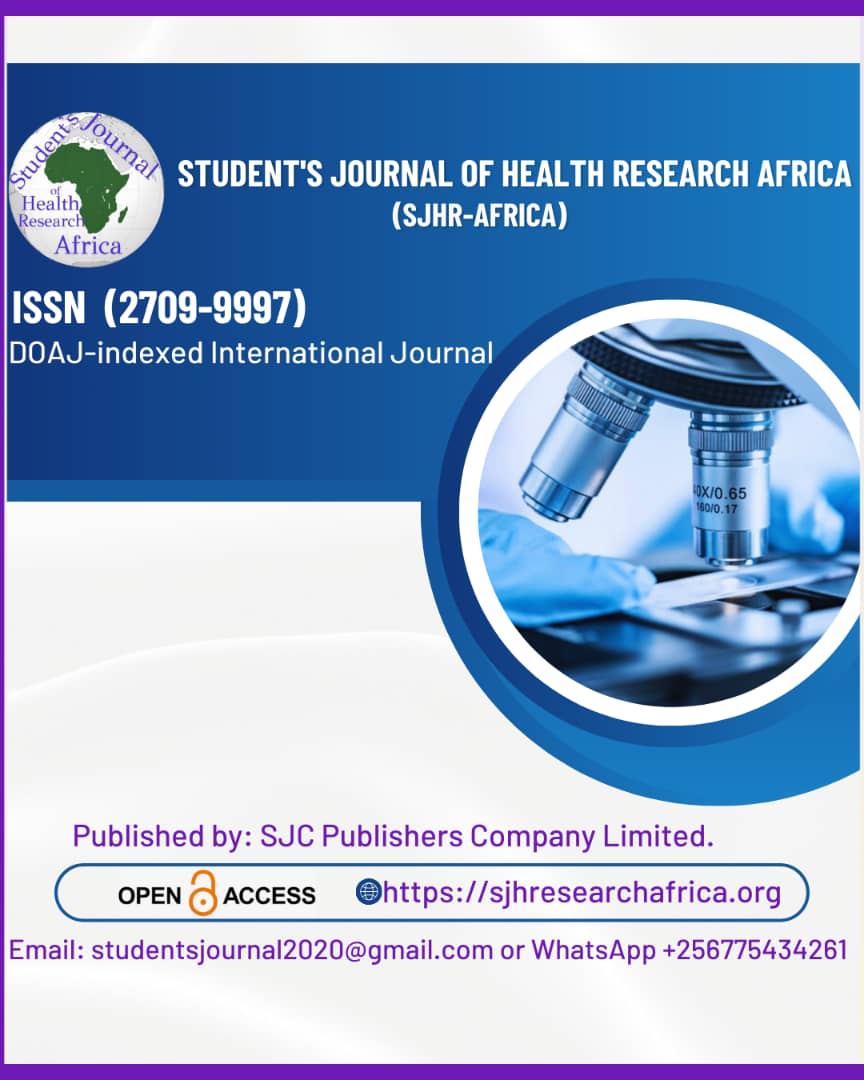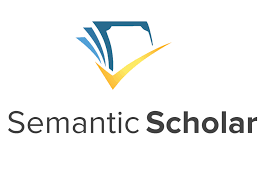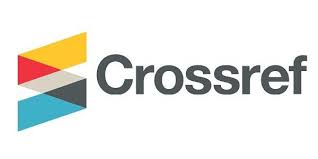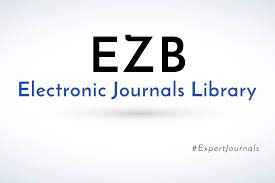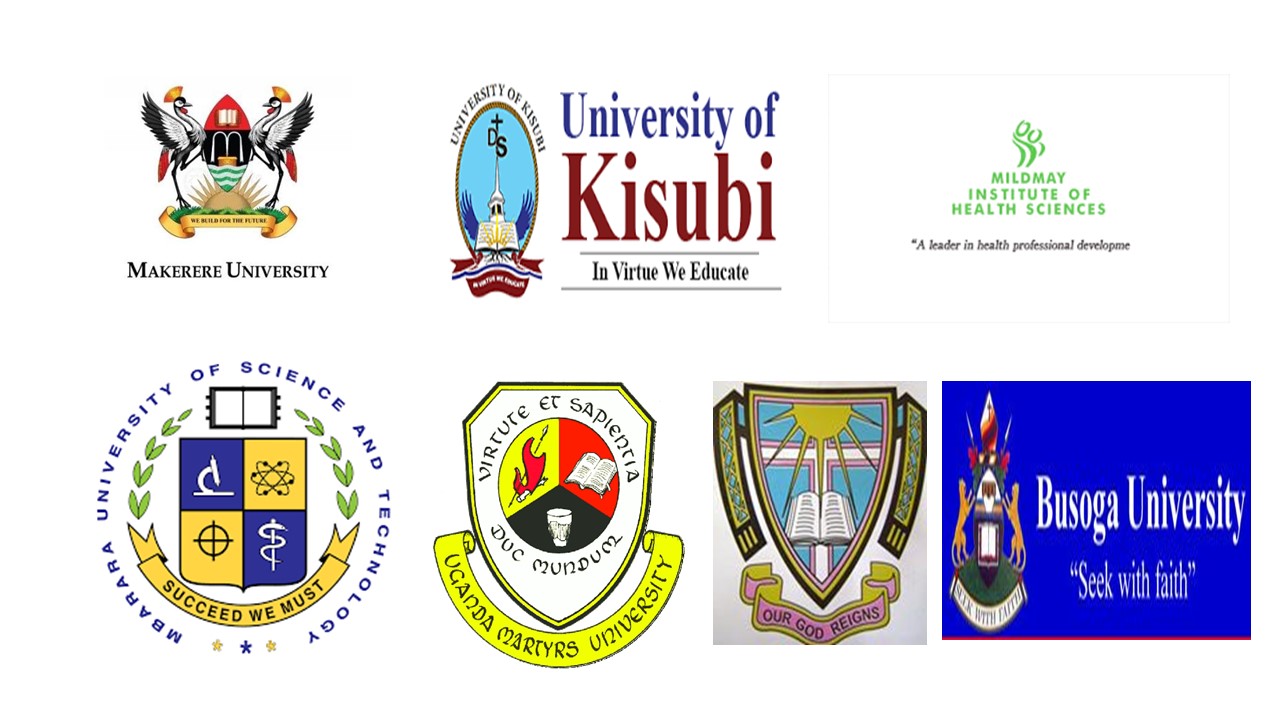A QUANTITATIVE STUDY ON THE IMPACT OF E -LEARNING AND MODERN TECHNOLOGY ON TEACHING AND LEARNING IN THE NATURE CONSERVATION DEPARTMENT AT MANGOSUTHU UNIVERSITY OF TECHNOLOGY: ENHANCING STUDENT PERFORMANCE IN RURAL COMMUNITIES AND SUPPORTING UNTRAINED LECTURERS.
DOI:
https://doi.org/10.51168/sjhrafrica.v6i3.1631Keywords:
E-Learning, Modern technology, Rural communities, Untrained lecturers, Nature Conservation, Digital divide, Teaching and learning, Student engagement, Mangosuthu University of Technology (MUT), Educational transformationAbstract
Background
The adoption of eLearning and modern technologies is transforming education globally, offering enhanced teaching and learning experiences. However, in specialized fields like Nature Conservation, students from underprivileged rural areas and untrained lecturers face considerable barriers. At South African institutions such as Mangosuthu University of Technology (MUT), addressing digital access and literacy challenges remains critical.
Methods
This study employed a quantitative research design to evaluate the impact of e-learning and technology integration in the Nature Conservation Department at MUT. A structured survey was conducted with 150 final-year students and 20 lecturers. Data collection focused on access to eLearning tools, digital literacy, lecturer training, and academic performance. Descriptive statistics were used to analyze the data.
Results
Among the students, 85% were aged between 20–25 years, while lecturers had an average of five years of teaching experience. The study found notable disparities between rural and urban students. Seventy percent of rural students reported access challenges, and 65% experienced difficulties in practical applications, while over 70% of urban students demonstrated strong digital literacy and learning outcomes. Lecturer training improved from 30% in year one to 70% in year three, but 30% remained untrained. E-learning was reported to enhance theoretical understanding (30%) and flexibility (25%), though practical challenges (25%) and limited resources (20%) were ongoing issues.
Conclusion
While eLearning enhances theoretical learning and flexibility in Nature Conservation education, disparities in access, digital literacy, and training hinder its full potential, particularly for rural students.
Recommendations
To bridge the digital divide, institutions should prioritize targeted lecturer training, expand infrastructure, and develop context-specific e-learning strategies tailored to under-resourced environments.
References
Adebayo, B.Z. & Bello, A.A.B., 2021. Exploring the challenges of online learning in Nigerian higher education. International Journal of Education and Development using Information and Communication Technology, 17(4), pp.246-258. Available at: https://www.researchgate.net/publication/384918196
Anderson, C.A. & Lawton, A., 2016. Gamification in education: What, how, and why. Journal of Educational Technology,45(3),pp 12-25.Available at:
https://www.researchgate.net/publication/258697764_Gamification_in_Education_What_How_Why_Bother
Heffernan, N.T. & Heffernan, C.L., 2014. The impact of intelligent tutoring systems on student achievement. Journal of Artificial Intelligence in Education, 23(1), pp.1-15. Available at: https://files.eric.ed.gov/fulltext/ED524141.pdf
Kyavadze, K., 2020. Integrating AI in education: Opportunities, challenges, and ethical considerations. Magna Scientia Advanced Research and Reviews, 4(1), pp.39-50. Available at: https://magnascientiapub.com/journals/msarr/sites/default/files/MSARR-2024-0039.pdf
Laurillard, D., 2012. Teaching as a Design Science: Building Pedagogical Patterns for Learning and Technology. New York: Routledge. Available at: https://www.routledge.com/Teaching-as-a-Design-Science-Building-Pedagogical-Patterns-for-Learning-and-Technology/Laurillard/p/book/9780415803878
Luckin, R., Holmes, W., Griffiths, M. & Forcier, L.B., 2016. Intelligence Unleashed: An Argument for AI in Education. London: Pearson. Available at: https://edu.google.com/pdfs/Intelligence-Unleashed-Publication.pdf
Means, B., Toyama, Y., Murphy, R., Bakia, M. & Jones, K., 2010. The effectiveness of online and blended learning: A meta-analysis of the empirical literature. Teachers College Record, 115(3), pp.1-47. Available at: https://doi.org/10.1177/016146811311500307
Mitrovic, A. & Ohlsson, S., 2017. Assessment and feedback in intelligent tutoring systems. Educational Technology & Society, 20(2), pp.133-146. Available at: https://www.sciencedirect.com/science/article/abs/pii/S0360131512001613
Mtebe, J.S. & Raisamo, R., 2014. A model for assessing learning management system success in higher education in Sub-Saharan countries. The Electronic Journal of Information Systems in Developing Countries, 61(1), pp.1-17. Available at: https://files.eric.ed.gov/fulltext/EJ1074158.pdf https://doi.org/10.1002/j.1681-4835.2014.tb00436.x
Nyerere, J.K., 2010. Open and distance learning in Kenya: A baseline survey report commissioned by the Commonwealth of Learning. Available at: https://oasis.col.org/bitstream/handle/11599/2491/2016_Nyerere_ODL-Kenya.pdf
Shute, V.J. & Zapata-Rivera, D., 2010. Adaptive educational systems: From theory to practice. Educational Psychologist, 45(2), pp.99-107. Available at: https://www.researchgate.net/publication/287889365_Adaptive_Educational_Systems
UNESCO, 2020. Digital learning and transformation of education. Available at: https://www.unesco.org/en/digital-education
Van Deursen, A.J.A.M. & Van Dijk, J.A.G.M., 2019. The first-level digital divide shifts from inequalities in physical access to inequalities in material access. New Media & Society, 21(2), pp.354-375. Available at: https://pubmed.ncbi.nlm.nih.gov/30886536/ https://doi.org/10.1177/1461444818797082
PMid: 30886536 PMCid: PMC6380454
Van Dijk, J.A.G.M., 2020. The Digital Divide: Impact on Education. London: SAGE Publications. Available at: https://www.utwente.nl/en/bms/vandijk/publications/digital_divide_impact_access.pdf
Williamson, B. & Piattoeva, N., 2021. Ethical issues in AI education research: Data privacy and algorithmic fairness. AI & Society, 36(4), pp.789-803. Available at: [https://journals.sagepub.com/doi/10.310
Downloads
Published
How to Cite
Issue
Section
License
Copyright (c) 2025 Sibonelo Thanda Mbanjwa

This work is licensed under a Creative Commons Attribution-NonCommercial-NoDerivatives 4.0 International License.

